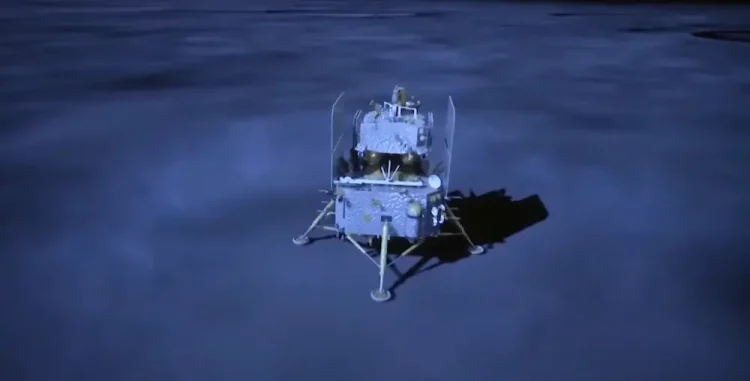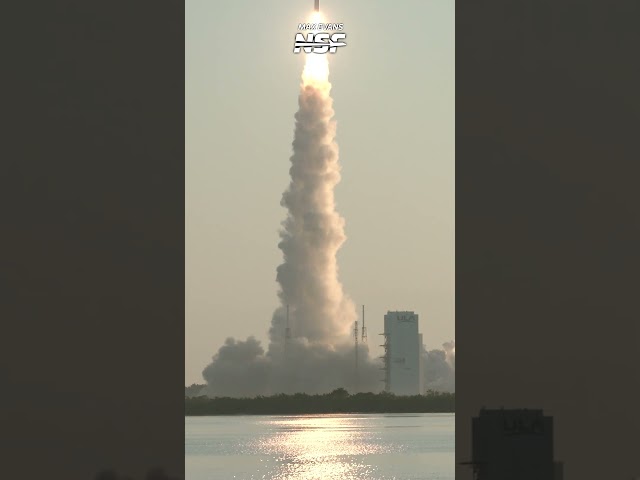China has announced that its unmanned spacecraft successfully landed on the far side of the Moon, a rarely explored area.
Chang’e 6 landed in the South Pole-Aitken Basin at 06:23 Beijing time on Sunday morning, according to the China National Space Administration (CNSA).
The mission, launched on May 3, aims to collect valuable rocks and soil from this region for the first time in history.
The probe may extract some of the Moon’s oldest rocks from the massive crater at its South Pole.
The landing was fraught with risk, as it is very difficult to communicate with spacecraft when they reach the far side of the Moon. China is the only country to have already achieved this feat, landing its Chang’e-4 in 2019.
After launching from the Wenchang Space Launch Center, the Chang’e 6 spacecraft orbited the Moon, waiting to land.
The mission’s lander component then separated from the orbiter to touch down on the side of the Moon that is permanently turned away from Earth.
During the descent, an autonomous visual obstacle avoidance system was used to automatically detect obstacles, with a visible light camera selecting a relatively safe landing area based on the brightness and darkness of the lunar surface, CNSA was quoted by the state news agency Xinhua.
The lander hovered about 100 meters above the safe landing area and used a laser 3D scanner before slowly descending vertically.
The operation was supported by the Queqiao-2 relay satellite, CNSA said. Chinese state media described the successful landing as a “historic moment.”
The lander is expected to spend up to three days collecting materials from the surface in an operation that CNSA said would involve “many engineering innovations, high risks, and great difficulties.”
Access to water would significantly increase the chances of successfully establishing a human base on the Moon for scientific research.
If the mission succeeds, the spacecraft will return to Earth with valuable samples in a special return capsule.
The material will be stored under special conditions to try to keep it as intact as possible. Scientists in China will get the first opportunity to analyze the rocks, and later researchers worldwide will be able to apply for the chance to do so.
This is the second time China has launched a sample collection mission from the Moon. In 2020, Chang’e 5 brought back 1.7 kg of material from an area called Oceanus Procellarum on the near side of the Moon.
China plans three more unmanned missions this decade as it seeks water on the Moon and explores establishing a permanent base there.
Beijing’s broader strategy aims to see a Chinese astronaut walk on the Moon around 2030.
The US also intends to return astronauts to the Moon, with NASA planning to launch its “Artemis 3” mission in 2026.









